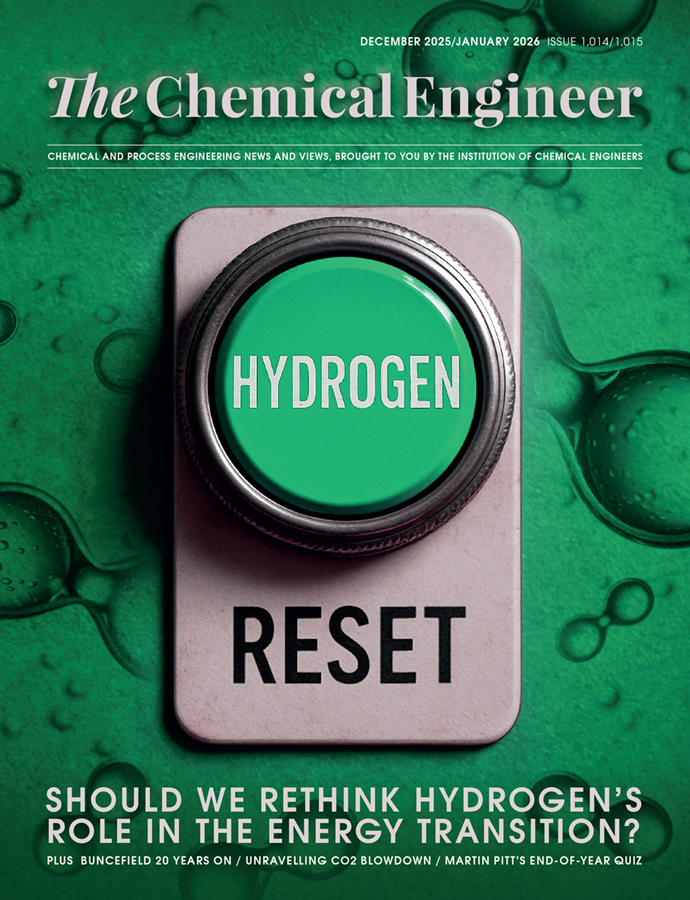What the promised ‘bright future’ of Scunthorpe steelmaking could look like
The state has stepped in but the long-term strategy remains unclear

BRITISH STEEL has halted plans to lay off all 2,700 workers at the Scunthorpe blast furnaces after the UK government brought the company’s management under state control in April.
Initially fearing the blast furnaces would run out of coke and iron ore, British Steel has averted immediate crisis under the new management and now says it has secured a “stable supply of raw materials to both its blast furnaces for the short term”. The company confirmed that the redundancy consultation, which was announced in late March by the company’s Chinese owner Jingye, has now closed without action.
In a statement announcing the redundancy consultation’s closure, interim chief commercial officer Lisa Coulson said that “steelmaking in Scunthorpe has a bright future” and thanked British Steel workers for their “extraordinary dedication over recent days and weeks”. So, what could such a future actually look like?
Low on supplies
In the short-term, the government’s aim is simply to keep the two blast furnaces running continuously, which British Steel is now confident of.
Running out of coke and iron ore would have spelled disaster for British Steel. Cameron Pleydell-Pearce, a professor of materials science and engineering at the University of Swansea, told TCE that the chances of being able to restart them would have been “virtually zero”. While switching off blast furnaces is “relatively common practice” to reline the internal structures, the process must be highly controlled. Otherwise, the cooling of the inside of the furnaces would cause iron and slag to harden, resulting in cracks forming in the internal lining.
Under these circumstances, it is less a question of restarting the cooled furnace, and more one of a “complete rebuild of the inside”, according to John Pastavellas, a member of the Institute of Engineering and Technology’s Sustainability and Net Zero policy centre.
Pastavellas added: “Maintaining a continuous supply of fuel, ore, and power is therefore essential to our national steel capability to ensure industrial resilience.”
Reduce, reuse, recycle
Steelmaking accounts for around 7% of global greenhouse gas emissions. Nevertheless, the government’s efforts to save British Steel and keep the furnaces running have been warmly received by environmental groups, with Green Alliance director Shaun Spiers saying they “welcome the government’s swift action”. Their support is conditional on a long-term strategy that prioritises decarbonisation of the steel industry, saying: “We have the opportunity to pivot to electric arc furnaces, supported by investment and a transition plan, to safeguard thousands of jobs and meet the growing demand for cleaner steel.”
The government has hinted its intentions for a green transition in Scunthorpe, with Labour MP and IChemE Fellow Chris McDonald telling TCE that he hopes the government can move the steelworks “to the point where we can invest in clean production”.
Pleydell-Pearce, who is also the director of Swansea University’s SUSTAIN centre which is researching methods to produce carbon-neutral steel, echoed Spiers’ enthusiasm for electric arc furnace (EAF) production. He told TCE it was the “obvious choice for the UK”.
EAFs recycle scrap steel to make new material of virgin-like quality. Tata Steel, which operated the last remaining blast furnace in Port Talbot in South Wales until it closed in 2024, received £500m (US$665m) last September to build an EAF on the site.
Barbara Rossi, an associate professor of engineering science at the University of Oxford, is also an enthusiast for reprocessing scrap steel in EAFs, saying that “steel is indefinitely recyclable” and that “it does not lose its performance” as a result of recycling, unlike most other construction materials.
There are challenges that come with EAFs, such as the difficulty in removing impurities from the scrap, although Pleydell-Peace told TCE this barrier is “entirely surmountable”.
However, with steel demand expected to continue growing significantly in the coming years, many experts believe there will continue to be a need for virgin steel in the economy.
This article is adapted from an earlier online version.
Recent Editions
Catch up on the latest news, views and jobs from The Chemical Engineer. Below are the four latest issues. View a wider selection of the archive from within the Magazine section of this site.




